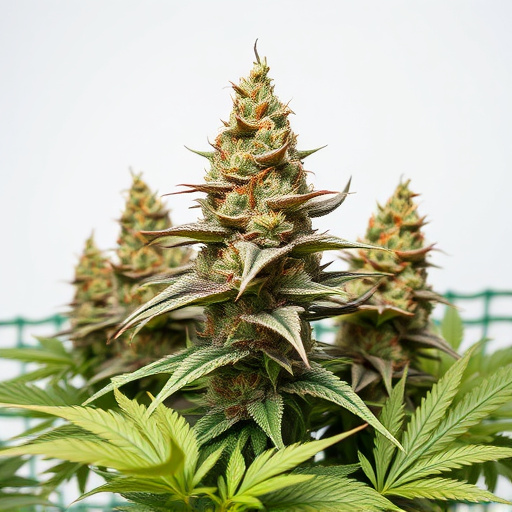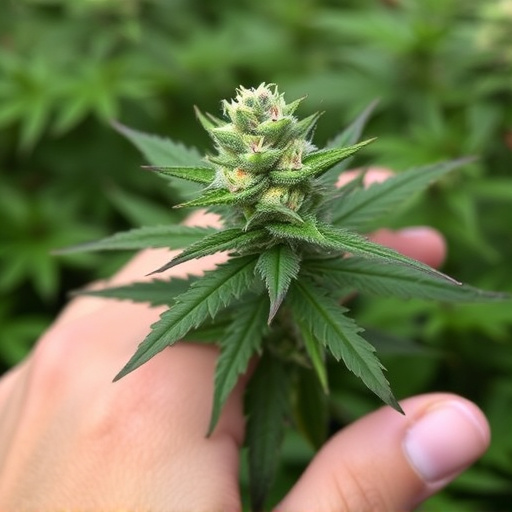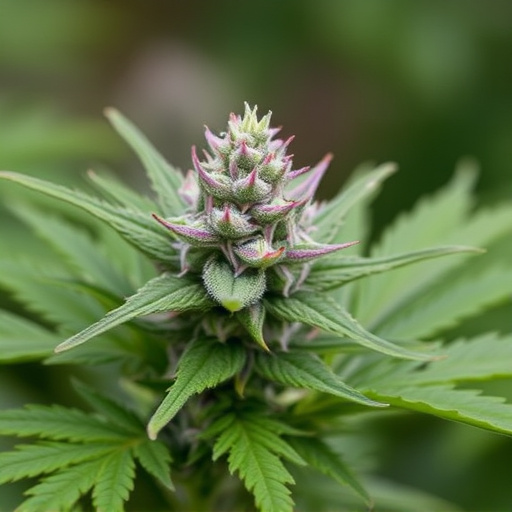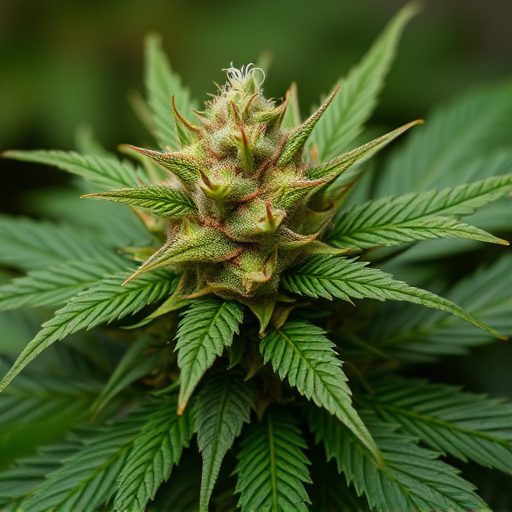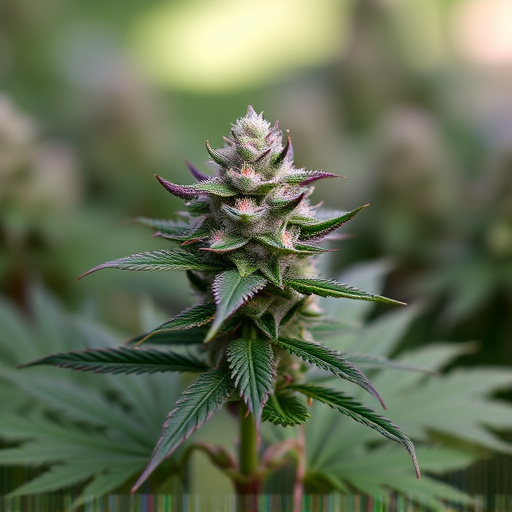Tracking trichome development—microscopic hair-like structures on cannabis plants—is vital for optimizing harvest time and ensuring top-quality products for managing fibromyalgia. Cultivators use visual cues like color, size, and clarity to gauge the concentration of essential cannabinoids and terpenes. With practice, they employ tools like magnifying glasses, microscopes, scales, and paintbrushes to make informed decisions, providing patients with effective cannabis strains for fibromyalgia relief.
“Unlocking the secrets of trichomes is essential for cultivators aiming to deliver top-quality cannabis, especially for those seeking relief from fibromyalgia. This guide explores the art of checking trichomes as a key indicator of harvest time and plant health. From understanding these tiny hair-like structures to mastering visual inspection techniques and utilizing specialized tools, you’ll learn how to optimize your cannabis strains for maximum therapeutic benefit. Discover the perfect balance between trichome maturity and potency for exceptional fibromyalgia relief.”
- Understanding Trichomes: The Key to Cannabis Quality and Harvesting
- Visual Inspection: Identifying Mature Trichomes for Optimal Harvest Timing
- Tools and Techniques: Efficiently Checking Trichome Development in Cannabis Strains for Fibromyalgia Relief
Understanding Trichomes: The Key to Cannabis Quality and Harvesting
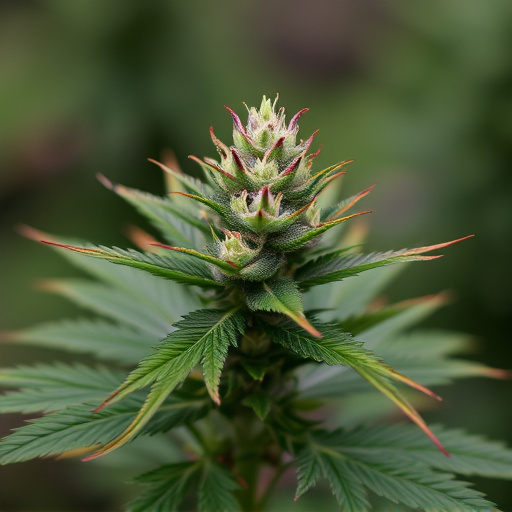
Trichomes, tiny hair-like structures that cover the surface of cannabis plants, are the unsung heroes of quality control and harvesting. They play a crucial role in determining the potency and therapeutic potential of different cannabis strains for fibromyalgia and other medical conditions. These microscopic glands produce a range of cannabinoids, including THC (tetrahydrocannabinol) and CBD (cannabidiol), which are responsible for the plant’s unique effects.
By understanding trichome development and structure, cultivators can optimize their growing conditions to maximize cannabinoid production and ensure consistent quality. During the flowering stage, trichomes mature and become more prominent, secreting a sticky resin that encapsulates cannabinoids and terpenes. Regular monitoring of trichome color, size, and consistency allows growers to pinpoint the ideal harvest time, as trichomes signal the plant’s readiness for harvesting when they turn milky white, indicating peak cannabinoid concentration. This knowledge is invaluable for those seeking relief through cannabis therapy, especially when specific cannabis strains for fibromyalgia are known to provide targeted benefits.
Visual Inspection: Identifying Mature Trichomes for Optimal Harvest Timing
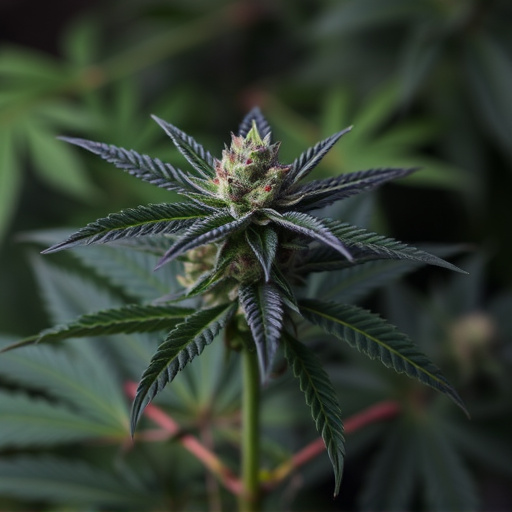
When cultivating cannabis strains for fibromyalgia relief, understanding trichome development is key to optimizing harvest timing. Visual inspection is a fundamental technique to determine when trichomes have reached maturity. Trichomes are tiny glandular hairs that appear as tiny clear or milky bumps on the surface of cannabis flowers. During their growth cycle, they produce and accumulate cannabinoids and terpenes, becoming a quality indicator for the final product.
Mature trichomes exhibit distinct physical characteristics—they turn cloudy or amber in color and often have a sticky consistency when touched. This visual cue signals that the trichomes have reached their peak production of desired compounds, making the plant ready for harvesting. By closely examining the flowers, cultivators can ensure they collect cannabis at the optimal time, guaranteeing a superior product for those seeking relief from fibromyalgia symptoms.
Tools and Techniques: Efficiently Checking Trichome Development in Cannabis Strains for Fibromyalgia Relief
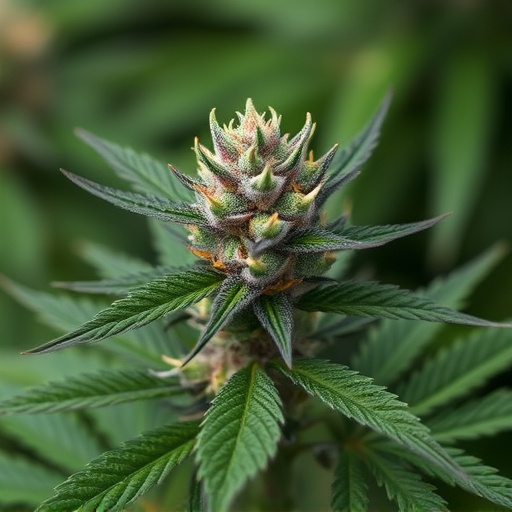
Checking trichome development is a crucial step in determining the optimal harvest time for cannabis strains used to alleviate fibromyalgia symptoms. This process involves utilizing specialized tools and techniques to assess the resinous glands present on the plant’s surface. One of the primary tools is a magnifying glass or microscope, which allows for close inspection of the trichomes’ appearance and stage of maturity. By examining the size, color, and clarity of the trichome heads, cultivators can gauge the concentration of cannabinoids and terpenes, vital compounds responsible for cannabis’s therapeutic effects on fibromyalgia.
Efficient checking requires practice and precision. Growers often employ a scale to measure the weight loss of trichomes over time, indicating their gradual drying out. Additionally, a simple paintbrush can be used to gently collect samples for lab testing, ensuring the highest quality product for patients relying on cannabis strains for fibromyalgia relief. These techniques empower cultivators to make informed decisions, maximizing the potential benefits of each harvest while meeting the specific needs of those seeking natural remedies for chronic pain and inflammation associated with fibromyalgia.
When cultivating cannabis strains for fibromyalgia relief, mastering the art of trichome checking is essential. By understanding trichomes, conducting visual inspections, and employing the right tools, growers can ensure optimal harvest timing, enhancing the overall quality of the final product. This precise method allows for the selection of mature trichomes, maximizing both potency and efficacy, thereby providing a superior experience for those relying on cannabis as a therapeutic resource.







